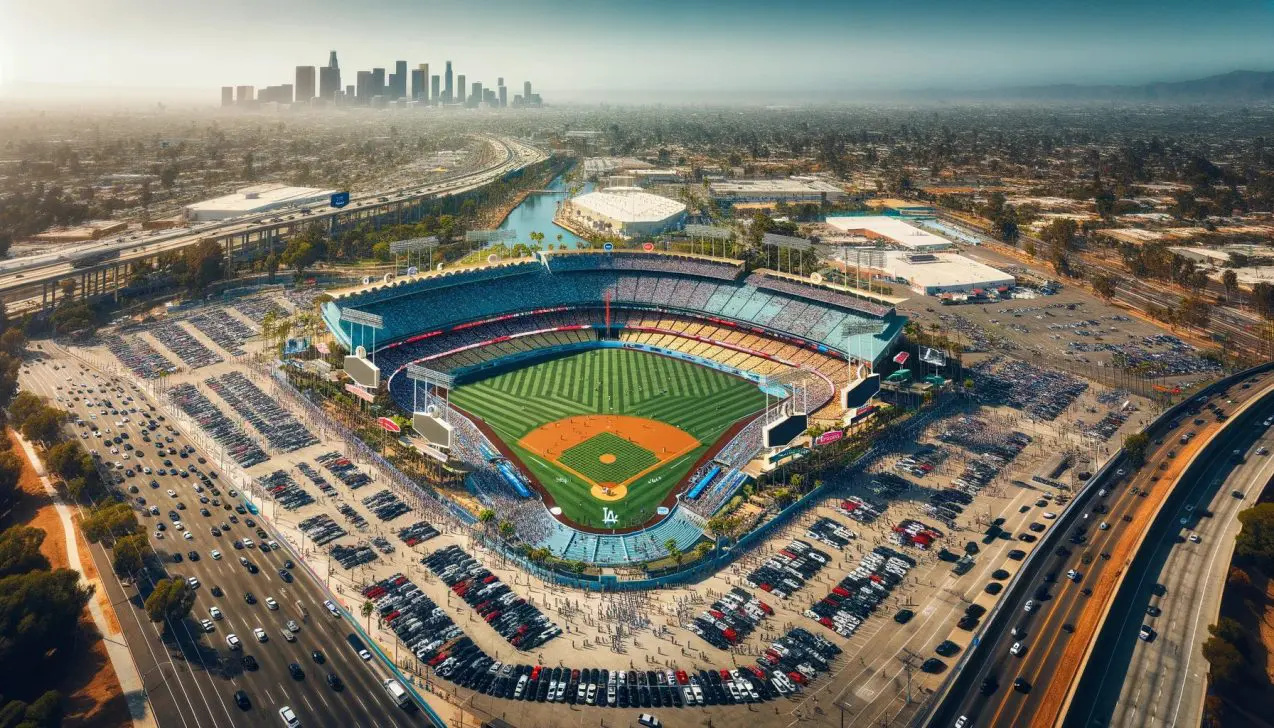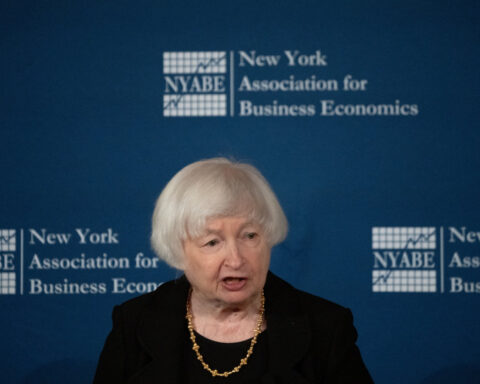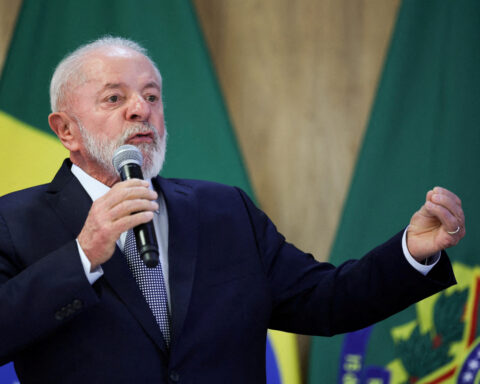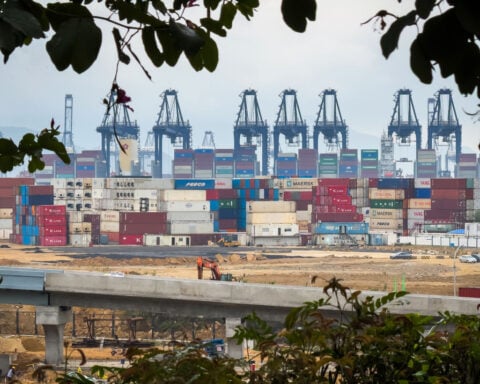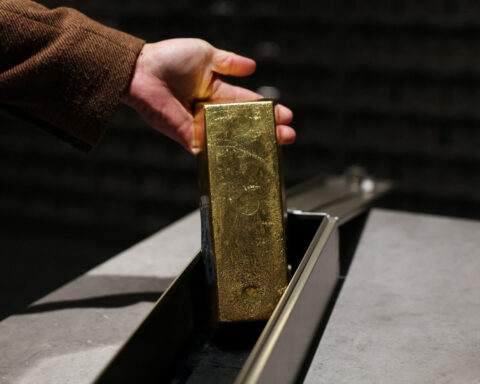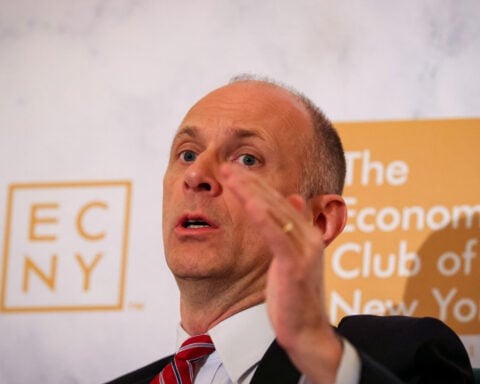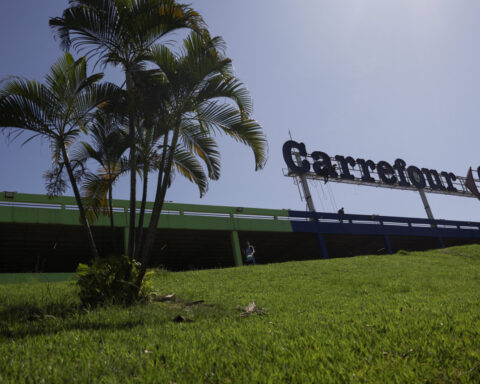An ambitious plan for an aerial gondola transit system connecting Dodger Stadium to Union Station in downtown Los Angeles has been put on hold. The plan was hailed as an innovative way to solve the long-standing traffic problems around the stadium. In February 2023, Eunisses Hernandez, a Los Angeles City Council member, officially presented a motion calling for more thorough research into the possible adverse effects of building the $125 million project.
Specifically, Hernandez asserts the voluminous final environmental impact report compiled by the Los Angeles County Metropolitan Transportation Authority (Metro) fails to adequately address resident worries over exacerbating quality-of-life issues like noise and privacy intrusions, harming wildlife, spurring gentrification pressures, and degrading public parklands. Her district encompasses Dodger Stadium, situated at the end of a winding road in Elysian Park, along with sections of downtown like Chinatown and Solano Canyon directly under the gondola's proposed elevated route.
Echoing community activists who have challenged the project in recent years, Hernandez also questions whether the aerial gondola system represents the most practical solution for fixing dreadful post-game traffic jams compared with improving existing infrastructure like roads, buses, light rail, or simply encouraging walking and cycling. With City Council approval, the motion would place an indefinite hold on associated transportation analysis and construction permits until Metro conducts further study.
Specifically, Hernandez’s motion mandates the Los Angeles Department of Transportation (LADOT), supported by other city agencies, to comprehensively re-assess traffic patterns and parking policies around Dodger Stadium while providing strategies to alleviate the oversized burden currently placed on surrounding residential neighborhoods. For perspective, the last major traffic evaluation occurred over 30 years ago, long before infrastructure upgrades like new Metro rail lines, reworking of bus routes, approval of major housing projects, and the now ubiquitous use of rideshare services.
To support the considerable expenses of a "Dodger Stadium Traffic Assessment", Hernandez has allocated $500,000 from her available district discretionary funds. The report will include case studies on existing transportation and traffic demand management policies surrounding similarly-sized major event venues like the Rose Bowl, Hollywood Bowl amphitheater, and SoFi Stadium down south while outlining recommendations tailored to Dodger Stadium’s distinctive elevated hillside location.
Metro’s Board of Directors responded by postponing a scheduled February 2023 meeting when they were expected to approve the highly-anticipated environmental impact report formally. Under California environmental law, Metro requires a certified environmental report before holding a binding vote on constructing the project itself. No subsequent date has yet been set for either agenda item.
Beyond Metro, the gondola project remains contingent on permits from numerous governmental bodies like the cities of Los Angeles and Pasadena, Caltrans, the State Department of Parks and Recreation, the California Division of Occupational Safety and Health, and potentially others. With city-level approvals now stalled over Hernandez’s demands, meeting the ambitious target launch date during the 2028 Los Angeles Olympic Games seems increasingly improbable despite years of planning alongside the Los Angeles Dodgers project partner.
The aerial gondola concept traces around 2018 when Metro leadership first approached the Dodger franchise about cooperating to alleviate painful traffic jams before and after home games. Situated at the end of winding roads high in Elysian Park, Dodger Stadium towers over nearby freeways and downtown Los Angeles while hosting over 3 million baseball fans annually in just 56,000 seats.
With limited on-site parking and most attendees dependent on vehicles, epic traffic backups routinely ensue on vital connectors like Sunset Boulevard, Interstate 5, and downtown surface streets despite a transportation hub at the stadium's front door. Metro estimates average evening commute times from the stadium ranging between 30 to 45 grueling minutes for driving just 1.2 miles distance.
Seeking innovative solutions beyond traditional road and transit upgrades, Metro planners joined with enthusiastic Dodger executives and ownership in conceptualizing a first-of-its-kind aerial gondola system efficiently whisking up to 5,000 people per hour across the steep terrain in just 6-minute trips. As a potential model, the nearby Angels Flight funicular railway in downtown Los Angeles has ferried locals up a steep hillside since 1901.
Gondola routes explored involved an elevated dual cable system suspended from imposing pylons constructed along existing public rights-of-way between Dodger Stadium and downtown Union Station. Early project goals cited by labor unions included facilitating emission-free mass transit accessibility for residents and visitors while simultaneously amplifying economic opportunities across the city during events.
Renderings depicted enclosed gondola cabins swiftly zipping above busy roadways against the backdrop of postcard downtown views. Metro imagined integrated ticketing with other transit services, allowing riders to grab drinks or dinner near Union Station before effortlessly gliding uphill to their seat in time for the opening pitch.
Planning activities underpinning the aerial tram concept accelerated in 2020 after Metro approved $300,000 to commence feasibility studies while the Dodgers concurrently allocated $200,000. Additional funding soon followed from groups like former Mayor Eric Garcetti's office, which sponsored a $700,000 state transportation grant application for conceptual design and outreach.
With serious financial backing alongside appealing renderings, the gondola system garnered extensive media attention as an intriguing mobility solution befitting Los Angeles' reputation for innovation. Metro leaders hailed the project for seamlessly marrying public transit convenience, sustainability, walkable communities, and world-class spectating.
However, over three years of planning, architectural diagrams and promises of traffic relief have yet to overcome consistent opposition from activists and residents in adjoining historical neighborhoods like Elysian Valley, Solano Canyon, Chinatown, and Angelino Heights.
During multiple contentious community meetings and environmental review hearings, impacted locals repeatedly dismissed the gondola proposal as an unproven distraction, omitting meaningful transportation upgrades already desperately needed, like repairing aging roads and expanding bus services.
Many attendees predicted constructing imposing steel towers adjacent to public parks and above homes would further divide communities rather than foster cohesion. Instead of blending seamlessly with neighborhoods, constant gondola car movements and flashing pole lights would perpetually accentuate Dodger Stadium's already obtrusive, isolated presence.
Other common complaints included the large pylons degrading public green spaces while producing years of disruptive construction noise, air pollution, and vehicle impediments. Operationally, the looming route could erode privacy, drive up property taxes, encourage gentrification trends, and ecologically impact wildlife habitats connected along the adjacent Los Angeles River watershed.
In her statement announcing the project's suspension, Hernandez asserted Metro failed to genuinely account for how dramatically surrounding areas have intensified over 30 years since the last traffic evaluation. New realities encompass recently constructed Metro rail lines, reorganization of bus networks, countless new housing units, and pervasive use of Uber and Lyft rideshare services.
Agency officials expressed disappointment over the hold on the project's environmental report, which postponed launching construction. However, they vowed to continue transparent dialogue with residents and the council members. In their view, improving transportation access for all Angelinos holds equal importance to environmental values and social justice.
Metro believes construction impacts prove temporary and negligible while the gondola ultimately transforms how communities interface with the iconic stadium. Officials have pledged to continually refine plans addressing localized concerns over elements like privacy and noise before permits are issued.
The agency further estimates roughly $125 million in capital construction costs could result in between $125 million and $171 million of net community benefits accruing over 30 years through increased stadium attendance, job growth, land valuations, and tax revenues.
Up to $78.5 million might also be covered through state transportation grants predicated on reducing auto emissions. This funding remains contingent on beginning substantial work before expiration deadlines.
While the gondola project faces substantial hurdles toward meeting its lofty goal of opening in time for the 2028 Los Angeles Olympics, the concept of a well-designed aerial transit system soothing traffic headaches retains ardent support.
Many urban planning experts applaud connecting the iconic Dodger Stadium with transit-rich Union Station through an electric-powered aerial gondola gliding silently above the city as quintessentially Angelino in character.
Yet for communities like Elysian Valley, already burdened by concrete barriers provided by rivers and freeways, Continuously expanding transit infrastructure overhead without corresponding neighborhood amenities risks further disenfranchisement.
With political will solidifying behind Councilmember Hernandez’s call for refocusing efforts on marginalized populations, compromise solutions marrying the gondola’s mobility strengths with community empowerment appear most viable. A “win-win-win” encompassing residents, institutions, and government now depends on persistent generosity of spirit from all partners at the bargaining table.

 Trump has begun another trade war. Here's a timeline of how we got here
Trump has begun another trade war. Here's a timeline of how we got here
 Canada's leader laments lost friendship with US in town that sheltered stranded Americans after 9/11
Canada's leader laments lost friendship with US in town that sheltered stranded Americans after 9/11
 Chinese EV giant BYD's fourth-quarter profit leaps 73%
Chinese EV giant BYD's fourth-quarter profit leaps 73%
 You're an American in another land? Prepare to talk about the why and how of Trump 2.0
You're an American in another land? Prepare to talk about the why and how of Trump 2.0
 Chalk talk: Star power, top teams and No. 5 seeds headline the women's March Madness Sweet 16
Chalk talk: Star power, top teams and No. 5 seeds headline the women's March Madness Sweet 16
 Purdue returns to Sweet 16 with 76-62 win over McNeese in March Madness
Purdue returns to Sweet 16 with 76-62 win over McNeese in March Madness
